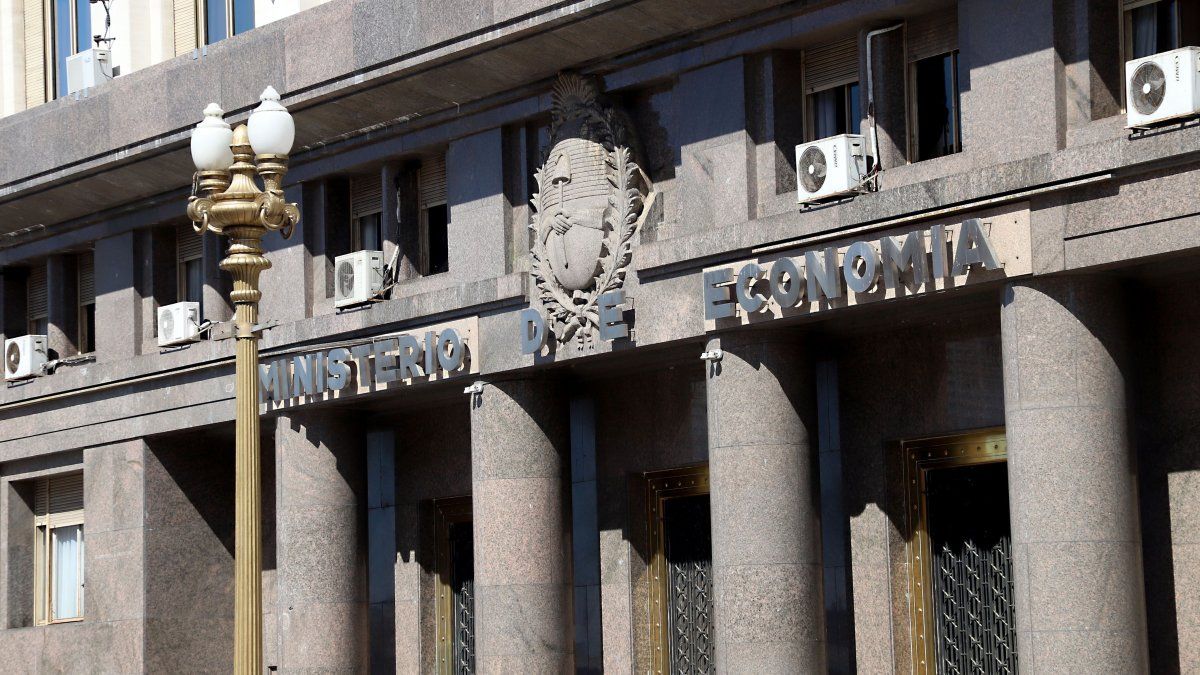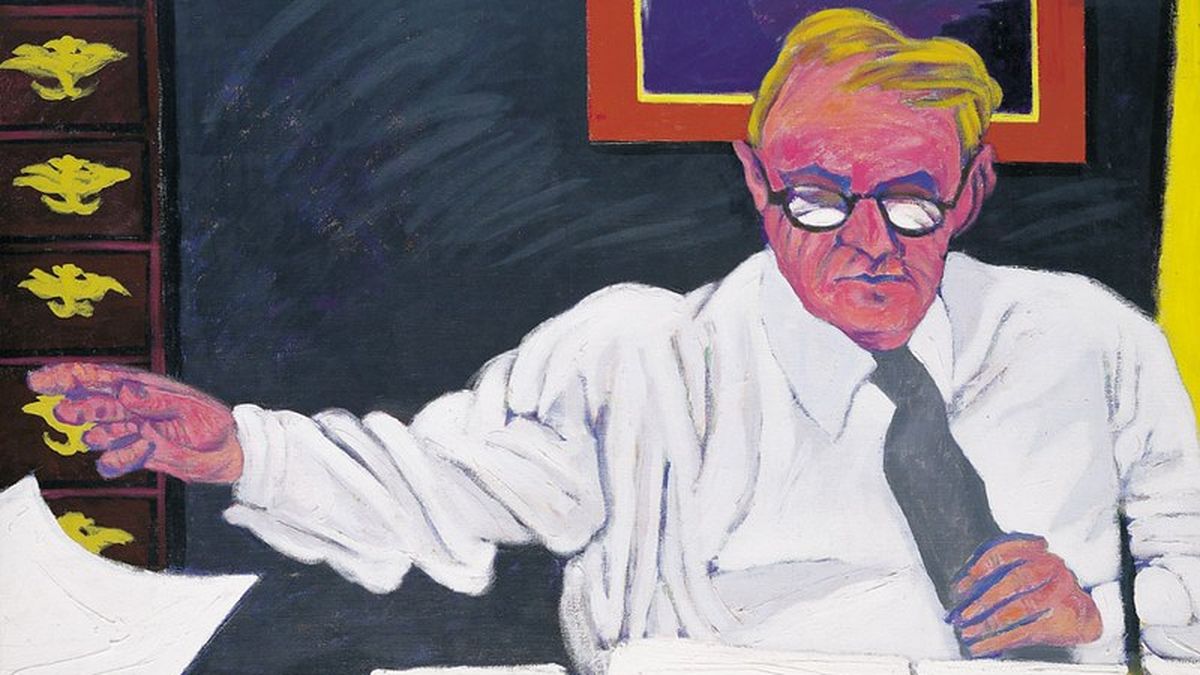Image: APA/AFP/OZAN KOSE
It was Ayatollah Khomeini who declared war on Iranian women. A few weeks after the victory of the revolution in 1979, he announced in a speech that from now on it was their “sacred duty” to wear the hijab (headscarf). At the same time, the cleric repealed the 1967 “Family Protection Law” won by the Iranian women’s movement, which primarily affected marriage and divorce.
The answer was not long in coming. On March 8, 1979, International Women’s Day, tens of thousands took to the streets to demonstrate against the misogynist actions of the new rulers. The nationwide protests lasted four days before being brutally crushed by the police. The Islamic State gradually enforced the new dress code. The new marriage law privileged men, who could now decide whether their daughters were allowed to marry, study or work. It was not until the early 1990s that Iranian women under Presidents Hashemi Rafsanjani and Mohammed Khatami succeeded in easing the repressive dress code.
The hijab now slipped further and further backwards. The clothes also became shorter and narrower. In 2014, Iranian women even began to remove their headscarves altogether. Her protests, supported by women’s organizations around the world, were documented on social media as part of the “My Stealthy Freedom” campaign. Up to this point, most Iranian women had hoped to achieve freedom, democracy and reforms within the Islamic system. Only since 2017 have the voices of those calling for “regime change” in Tehran become louder. However, anger only swelled to hurricane force after President Ibrahim Raisi took power in 2021.
The cleric, who as a prosecutor had sentenced more than 5,000 members of the opposition to death, wanted to lead his country back to “Islamic virtues”. With his repressive actions, however, Raisi ensured that the already deep gulf between the ruling clergy and Iranian civil society became unbridgeable. “Zan, Zendegi, Azadi” – woman, life, freedom – has been the slogan of the protest movement since 2022 after the death of the Kurd Jina Amini. By publicly burning headscarves, the symbol of the oppression of women, she declared war on the regime. “The wave of protests in Amini’s name,” says political scientist Alizadeh, “is a sign of support for women’s power, which is central to change in Iran.”
Long tradition
The women’s movement in Iran has a long tradition. As early as 1891, women supported the protests against the then King Nasser al-Din. Due to lack of money, he had awarded the tobacco monopoly to the British military. It was not only the men who gave up hookahs. The harem ladies also refused to prepare the monarch’s daily water pipe. He revised his decision.
The “tobacco movement” is regarded as the nucleus of the revolution. When Reza Khan, the first king of the Pahlavi dynasty, came to power in 1925, he forbade women from wearing the veil. Iran, he justified the radical step, should become a modern state. Under his son Mohammed Reza, the modernization decreed from above met with increasing rejection. It was less about the disguise than about the fact that at the end of the 1970s in supposedly “modern Iran” almost 50 percent lived below the poverty line, while the Shah lived in the lap of luxury.
Once again, it was Iranian women who joined the revolution in the hope of a better life. The women had not expected that Khomeini – like his predecessor Mohammed Reza – would rule like a dictator. They therefore had no choice but to continue their fight for freedom.
Source: Nachrichten




